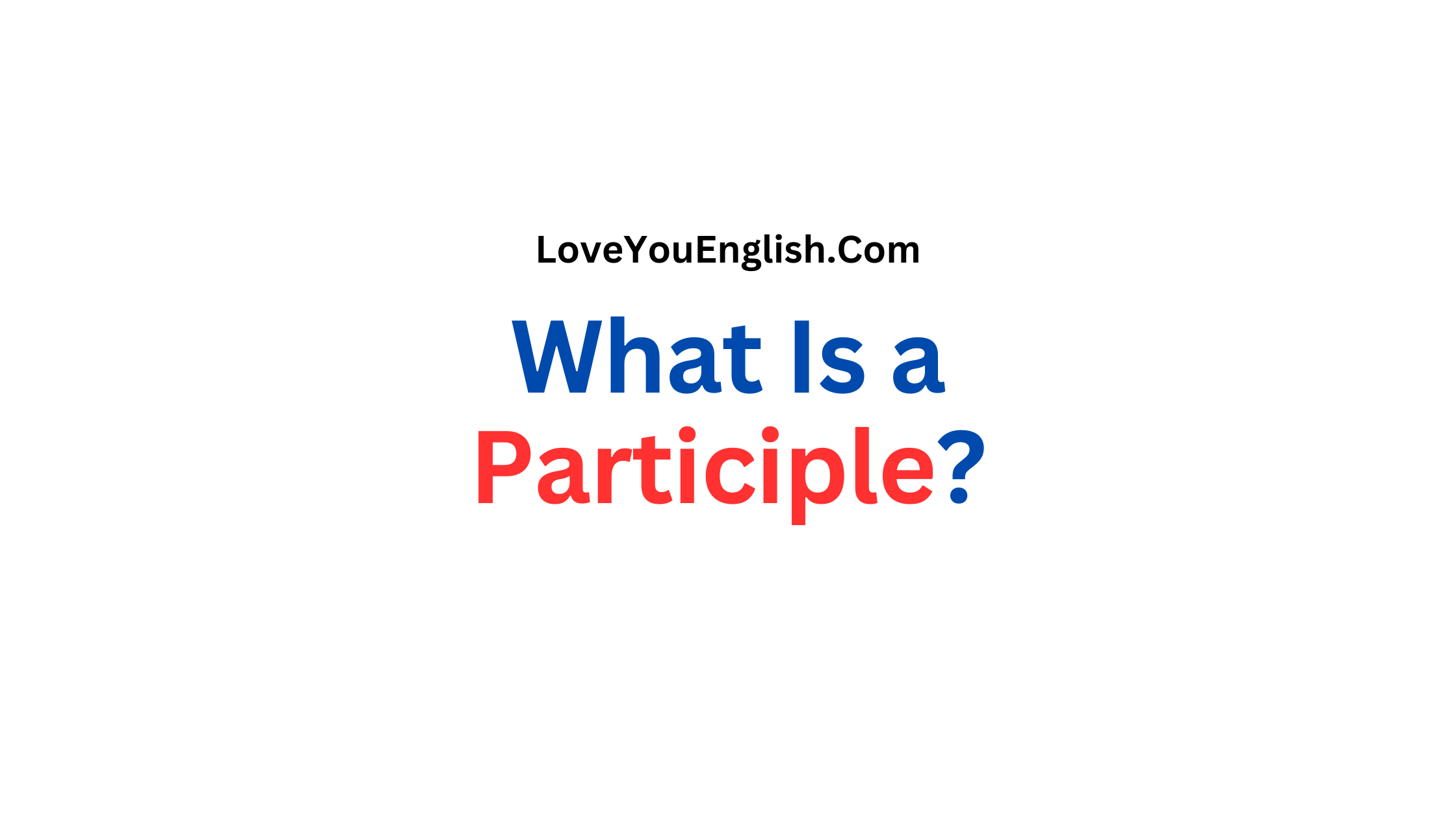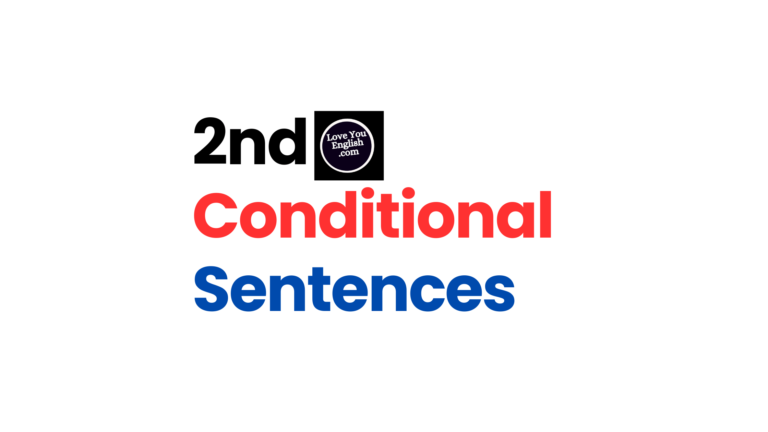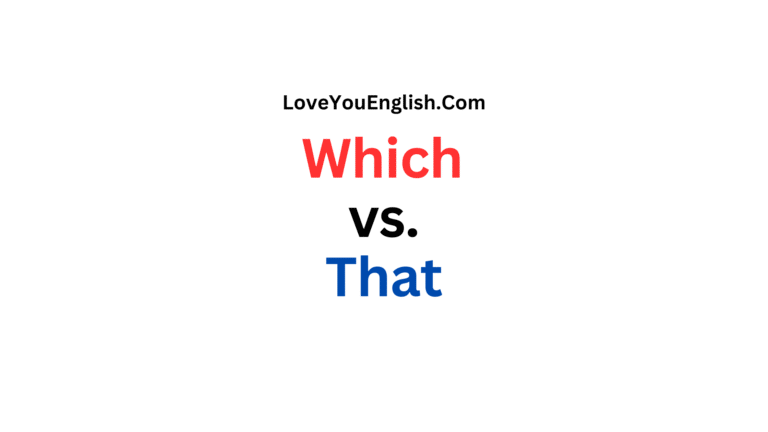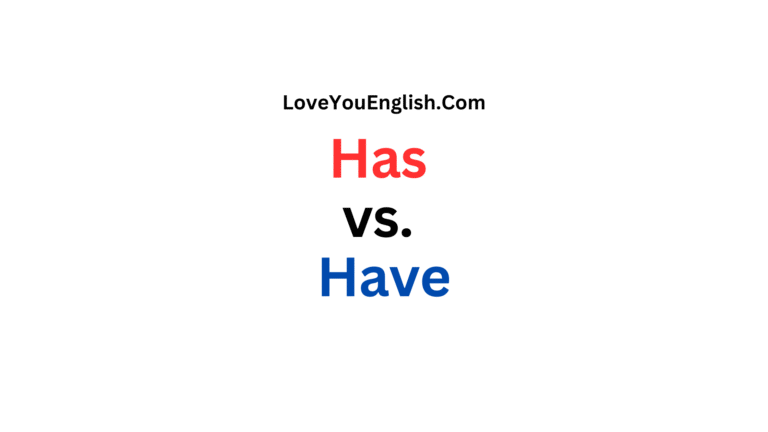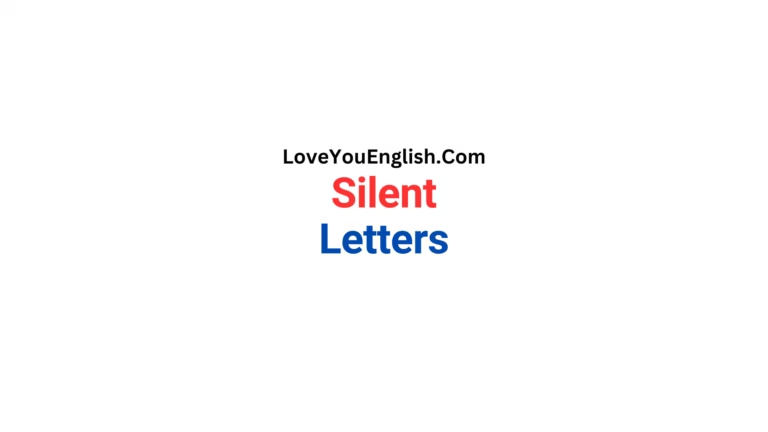What Is a Participle? Present & Past Participles Explained
Have you ever wondered why we say “a broken heart” but “a breaking news story”? Or why it’s “a fallen tree” but “a falling star”?
The secret lies in participles—those versatile verb forms that can function as adjectives and help form verb tenses.
While they might sound complicated, participles are actually quite simple once you understand how they work.
What Is a Participle?
A participle is a form of a verb that can be used as an adjective or to create verb tenses. There are two main types of participles in English:
- Present participles: These end in “-ing” (walking, talking, singing)
- Past participles: These typically end in “-ed,” “-en,” or other irregular forms (walked, spoken, brought)
Participles are everywhere in English, and understanding them helps you speak and write more clearly.
Present Participles: The “-ing” Forms
Present participles always end in “-ing.” They show action that is ongoing or continuous.
As Adjectives
When used as adjectives, present participles describe nouns that are actively doing something:
- The crying baby needs attention.
- That barking dog kept me up all night.
- I love falling snow in winter.
In each example, the present participle tells us what the noun is doing. The baby is crying, the dog is barking, and the snow is falling.
In Verb Tenses
Present participles also help form continuous tenses when paired with forms of the verb “to be”:
- Present continuous: “She is swimming in the lake.”
- Past continuous: “They were walking to school.”
- Future continuous: “We will be traveling next week.”
Past Participles: The “-ed,” “-en,” and Irregular Forms
Past participles often end in “-ed” for regular verbs, but many common verbs have irregular past participles that end in “-en” or take completely different forms.
Regular past participles:
- talk → talked
- play → played
- cook → cooked
Irregular past participles:
- break → broken
- speak → spoken
- bring → brought
- go → gone
- see → seen
As Adjectives
When used as adjectives, past participles typically describe something that has been affected by an action:
- The broken vase cannot be repaired.
- Those written instructions were very clear.
- She found a forgotten toy under the bed.
Notice how the noun is not doing the action but has been affected by it. The vase didn’t break something—it was broken. The instructions didn’t write something—they were written.
In Verb Tenses
Past participles help form perfect tenses when paired with forms of the verb “to have”:
- Present perfect: “He has finished his homework.”
- Past perfect: “They had arrived before we got there.”
- Future perfect: “She will have completed the project by Friday.”
Past participles are also used to form passive voice with forms of “to be”:
- “The window was broken by the storm.”
- “The movie is directed by a famous filmmaker.”
The Difference Between Present and Past Participles
The key difference is in what they describe:
- Present participles (-ing) describe active, ongoing actions or states
- Past participles (-ed, -en, etc.) describe completed actions or resulting states
Compare these examples:
- The exciting news made everyone happy. (The news excites people—it’s doing the action)
- The excited crowd cheered loudly. (The crowd was excited by something—it received the action)
- A boring movie (The movie bores people—it’s doing the boring)
- A bored audience (The audience is affected by boredom—they receive the boring)
Common Mistakes with Participles
Dangling Participles
One common error is the “dangling participle,” where the participle doesn’t clearly connect to the noun it’s supposed to modify:

✓ “Walking down the street, I thought the trees looked beautiful.” (Now it’s clear who was walking)
Confusing Present and Past Participles
Another common mistake is mixing up present and past participles:

Participle Phrases
Participles can be expanded into phrases that include other words but still function as adjectives:
- “Exhausted from the long hike, we collapsed into our tents.”
- “The child, crying because she lost her toy, wouldn’t be consoled.”
These phrases add detail while keeping sentences concise.
Examples of Participles in Literature
Writers often use participles to create vivid images and efficient descriptions:
“And so, lifting his head to the dark sky and, knowing his old legs could carry him no farther, he did what he had done in his youth and in his manhood and now in his old age: he prayed.” —Chaim Potok, The Chosen
“Silenced by his answer, she sat with her head bent, fingering the scattered flowers in her lap.” —Edith Wharton, The Age of Innocence
Quick Reference: Regular vs. Irregular Participles
While most verbs follow regular patterns, many common verbs have irregular past participles:
| Base Verb | Present Participle | Regular Past Participle Would Be | Actual Past Participle |
|---|---|---|---|
| do | doing | doed | done |
| eat | eating | eated | eaten |
| go | going | goed | gone |
| see | seeing | seed | seen |
| swim | swimming | swimmed | swum |
| write | writing | writed | written |
Practical Tips for Using Participles
For describing active processes, use present participles (-ing)
-
- The rotating Earth
- A growing concern
For describing completed states or results, use past participles (-ed, -en, etc.)
-
- A polished surface
- Broken promises
Check who is doing the action when using participle phrases
-
- “Driving to work, my car broke down.” (Make sure it’s clear who was driving)
Be careful with irregular verbs
-
- “The water has flown from the tap”
(incorrect)
- “The water has flowed from the tap” ✓ (correct)
- “The water has flown from the tap”
Conclusion
Participles might seem like a small grammatical detail, but they’re powerful tools for precise expression.
The next time you describe something as “interesting” or “interested,” “amusing” or “amused,” you’ll know exactly why you’re choosing one form over the other.
By mastering present and past participles, you can write more clearly, avoid common grammatical errors, and express exactly what you mean.
The difference between “the confusing instructions” and “the confused student” might be just a few letters, but it completely changes who is doing what—and that’s the magic of participles.

